Trendy Cork Packaging Ideas
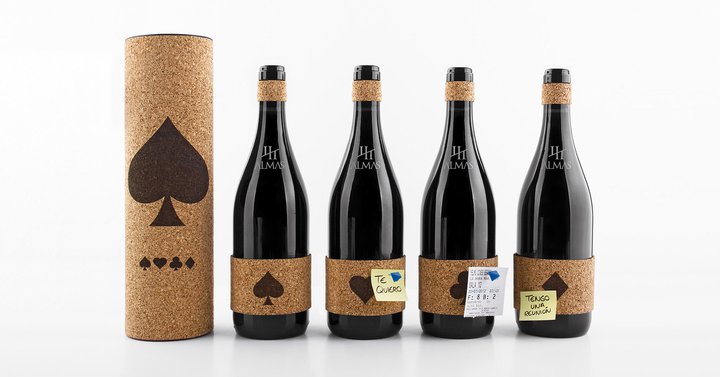
Thanks to its versatility and sustainability, cork is being used to make anything from iPhone cases to handbags - and NASA has even adapted it into the insulation of its space shuttles.
And now companies that are looking to be more eco-friendly or vegan are turning to cork as an alternative use for packaging.
How is cork made?
Cork comes from the dead cells that gather on the outer surface of cork oak trees. They grow mainly in Mediterranean regions and parts of northern Africa. Portugal produces the most at 61%, followed by Spain at almost 30% and Italy produces less than 10%.
Harvest is every nine years and it takes between 25 and 30 years for a cork oak tree to reach harvestable status. The year of harvest is marked on each trunk so the tree isn’t harvested at the wrong time.
Often the first harvest only produces low-quality cork, and cork-cutters have to wait another decade before they can cut the same tree again.
Once the cork bark is cut down using hand-axes, the harvested cork planks - as they are known - are boiled to clean and soften them. They are then graded and cut into workable pieces.
From here they can be used to punch corks for wine bottles. For high-end corks, this is done by hand rather than machine. The remaining cork can be ground up to make granules, which can be glued together for other purposes such as packaging.
Similar to the way wool is collected from a sheep, the trees are unharmed by the process as the bark regrows and they continue producing cork for 150 years.
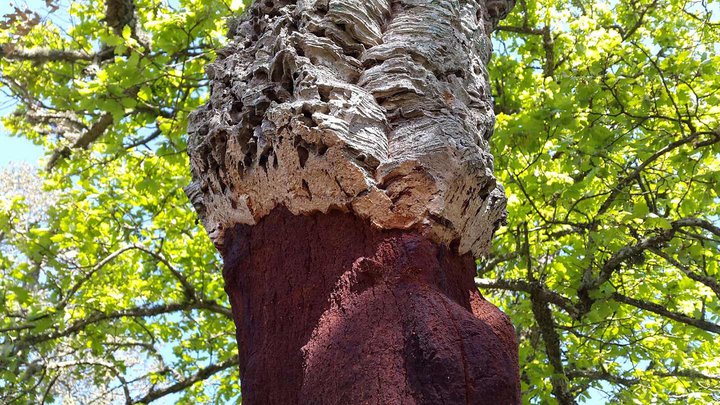
Why use cork?
Cork has a unique honeycomb-like structure, which means it consists largely of empty space. But unlike honeycomb, its cells are irregularly shaped and spaced with an average of 14 sides.
A piece of cork the size of a sugar cube contains around 60 million of these air-filled cells, comparable to layers of microscopic bubble wrap - making it unique to any other material.
The dead space is what makes cork such an adaptable material.
Versatile
The composition of cork makes it an effective insulation material - for both temperature and noise - as well as cushioning to protect the contents. It’s also extremely resilient as it can be pressed to 40% of its volume and still return to its original size when released.
Cork can also create an effective non-slip surface by simply cutting the surface as the microscopic cells turn into tiny suction cups.
Another great aspect is that it’s fire-resistant; flames only char the surface and don’t generate toxic fumes.
Eco-friendly
One of the bonuses of using cork is that it is entirely natural, recyclable and biodegradable. In fact, it’s actually recognized as one of the most ecologically friendly materials available.
Using cork oak trees for industry helps prevent desertification and deforestation while estimates show that the production of natural cork has a lower carbon footprint than any alternative.
As cork is harvested from living trees and no animals were involved in its production, it’s considered 100% vegan too.
There’s no wastage in the cork industry as it can all be transformed into useful, high quality items. Even cork dust is used for co-generation of electricity.
Other highly-attractive features of cork include that it is:
- Lightweight
- Naturally waterproof
- Won’t absorb dust or moisture
- Breathable
- Resistant to rot and insects
- Highly-resistant to wear
Innovative ways companies are using cork
If we look back through history, the usage of cork can be traced back thousands of years.
Bottle stoppers have been found in Egyptian tombs while the Ancient Greeks used it to make fishing net floats and sandals. Romans also used cork in various ways, including life jackets and for hundreds of years, builders in the Mediterranean have built roofs and floors from cork to keep out the summer heat and winter cold.
So, that might have you thinking cork isn’t exactly an innovation. Sure, as a material in its own right, it’s not. But it’s the alternative uses for cork as packaging that we think is pretty cool.
Here’s what we mean…
1. Señorío de Somalo wine
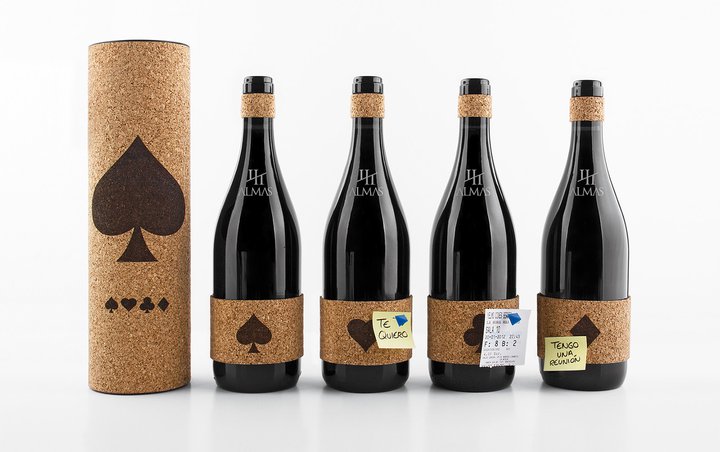
We’re familiar with seeing bottles of wine topped with a cork stopper, but have you ever seen a bottle which made from cork?
The packaging for this range of unique bottles from the Señorío de Somalo winery in the Rioja region of Spain is completely synonymous with its product, with a thin layer of cork wrapped round the bottle and a cork tube to store or present it in.
Named Cuatro Almas, which translates as Four Souls, each bottle is stamped with a symbol of one of the four suits from a deck of playing cards; Hearts (young wine), Clubs (nurture), Diamonds (Reserve) and Pikas (Gran Reserva).
Best of all, the cork can become a canvas of memories for you to pin photos, notes, etc.
2. Think Bold
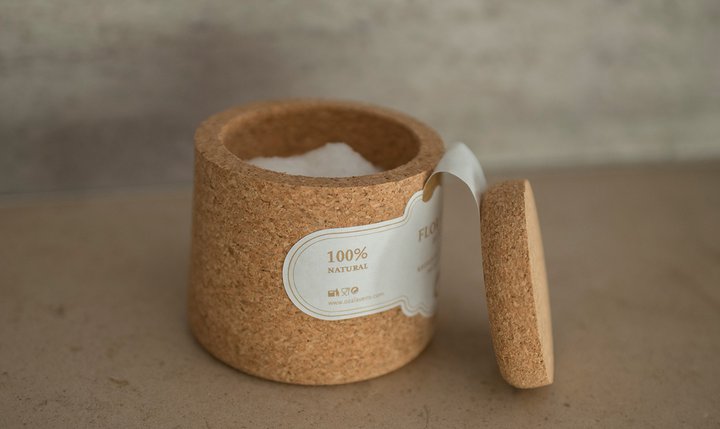
Flor de Sal is an artisanal sea salt that comes from Aveiro in Portugal and is obtained through a painstaking process of evaporation, only possible on hot summer days.
Workers use ancestral techniques to collect the clay-crystallized salt by hand and the product itself is 100% natural.
That’s why having packaging made from cork - another entirely natural material - is so perfect for this product.
Think Bold, who came up with the design, said: “The cork packaging and the label were designed to reflect the simple, yet very traditional process of superior quality sea extraction.”
3. Cacao Di Vine
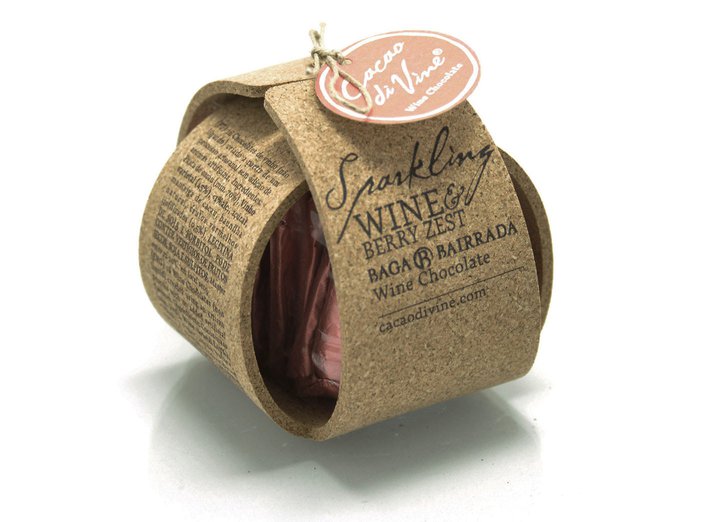
Cork’s thermal qualities make it an excellent way to preserve chocolates, which is why Cacao de Vine have opted for this quirky packaging.
Not only does it look fancy and is of course made from natural materials, it actually has another completely different use. But how? We hear you cry!
When you undo the tie at the top, the cork folds out into a flat cross design - making it perfect as a base for protecting work surfaces from hot pans.
4. Ramos Pinto
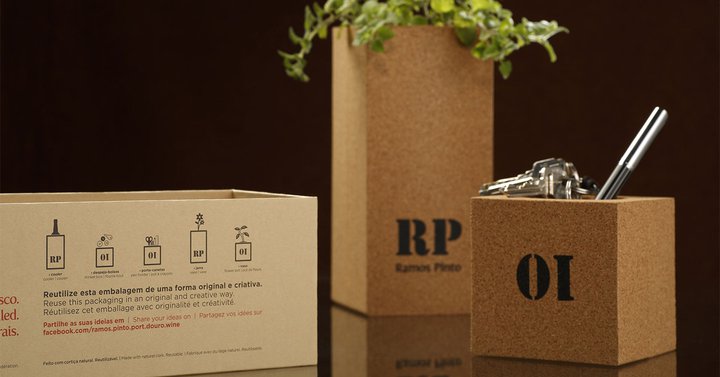
In a world where people are looking to become more environmentally-friendly, packaging that is also multi-functional is extremely desirable.
Combine that with a material, such as cork, which is 100% natural and bingo, we have a winner. That’s exactly what Casa Ramos Pinto has done here with this innovative design for its Port wines.
The company, based in Portugal, have an ethos of being sustainable and eco-friendly, so it was important to them to implement this beyond the product itself.
This packaging, which consists of two cork blocks and an outer sleeve of pressed cardboard, can be used for multiple purposes, such as a cooler, a pen holder, somewhere to put bits and pieces, or even a flower vase.
5. Paglia
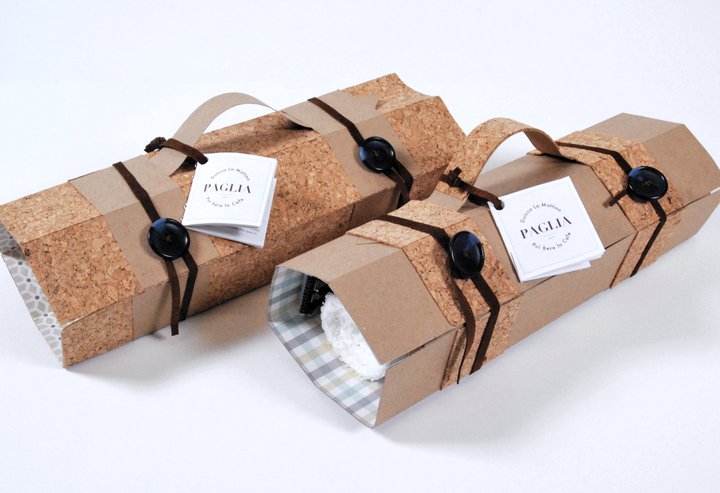
Anyone who has traveled in some form will know that it’s good to be as minimalistic as possible with what you need to carry - but it’s not always that easy to be sustainable at the same time.
This simple travel wash bag design by Angelena Paglia aims to reduce waste while on the go.
The corker outer shell rolls up into a neat package perfect for transporting toiletries or it can be hung up and used as a storage device. Additionally, when it’s unrolled, it becomes a cork message board for pinning notes and messages.
It includes soap, moisturizer, toothpaste, toothbrush, dental floss, razor, face cloth, deodorant, and a removable wallet which contains coffee, sweetener, and whitener.
Every item has been carefully considered for its sustainability; i.e. the soap has no packaging, so there’s no waste once it’s used, while the moisturizer and toothpaste tubes are made from entirely recycled bale - the only plastic is the cap. Even the toothbrush is made completely from bamboo (even the bristles).
Paglina says: “By reducing consumables we can reduce waste, put cost towards quality, and save time without sacrificing luxury.”
Don’t forget the little things
You can spend a lot of time and effort getting the material for your packaging just right. But it’s really important not to forget the other little bits like invoices, quotes and delivery notes.
Make it an entirely wholesome experience for your customer with beautifully designed invoice templates, which are in line with your company and its ethos.
Sufio is the first app for Shopify stores that merges invoices with gorgeous print design and allows you to create professionally-crafted invoices that are consistent with your brand and packaging.
Professional invoices for Shopify stores
Let Sufio automatically create and send beautiful invoices for every order in your store.
Install Sufio - Automatic Invoices from the Shopify App Store